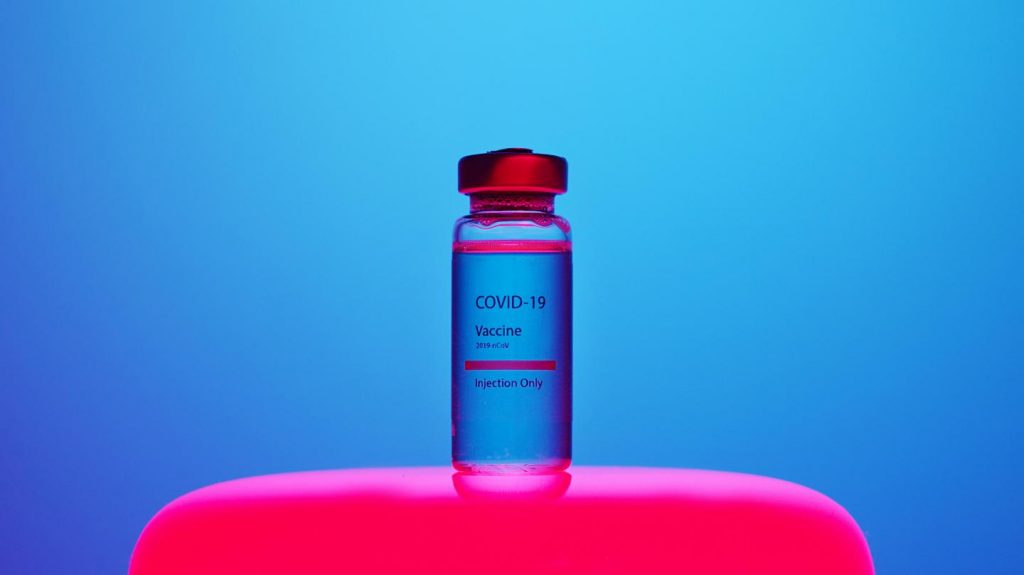Approximately one in three Americans are unlikely or hesitant to get the COVID-19 vaccine. Acceptance rates are high among Chinese (90%) and low among Russian (55%). Besides the vaccine’s safety and efficacy, trust in governments is strongly associated with vaccine acceptance.
In December 2019, the world saw the emergence of a new respiratory system disease linked to coronavirus (COVID-19) in Wuhan, China. Within a few months, the virus spread worldwide and has caused the worst global health crisis in decades, challenging the standard health care system in almost every country, including the USA.
As of today, the virus has infected over 100 million people and caused 2,276,706 20 deaths globally in 219 countries and territories. There have been over 27 million cases resulting in 461,930 deaths in the USA alone as of February 1, 2021. Unfortunately, the numbers are increasing daily, and when this trend stops, we don’t know.

The Lancet: Trials Find Russian Vaccine Candidates Generate Antibody Response and No Serious Adverse Events

Investigational COVID-19 Vaccine Prevents Disease in Animals
One way to prevent the disease’s progression is by using approved or recommended drugs. However, the therapeutic effectiveness of the drugs such as hydroxychloroquine, remdesivir, lopinavir, ritonavir, and dexamethasone remains unclear; multiple reports are recommending further research and/or more trials need to be performed to demonstrate their effectiveness.

Amid ongoing lockdown and travel restriction measures to stop the virus spread, the global human community eagerly awaited the vaccine candidates to be rolled out.
Once a few of them had been approved in the USA and Europe, and respective healthcare agencies started vaccinating front-line healthcare professionals and individuals from other priority groups, concerns surfaced about the shortness of the vaccine supplies on the news.
More problems exist—not the shortness alone but the acceptance of the vaccines by the common people.
A survey conducted in Hongkong from July 27, 2020, to August 27, 2020, found an overall vaccine acceptance rate of 37.2%, while 17.4% expressed unwillingness and 40.4% indicated not sure. The study conducted 1200 successful telephone interviews out of 21,256 attempts.

Can IL-6 Level be an Independent Risk Factor for the Severity and Mortality of COVID-19?

Association of Hypertension with Disease Severity in Covid-19 Patients: A Meta-analysis
“We found that elderly individuals had higher acceptance of the COVID-19 vaccine.”—stated the authors of the report published on 6 January 2021 in an Elsevier journal Vaccine (Wong, Wong, et al. 2021).
In a global survey, participants when asked whether “You would accept a vaccine if it were recommended by your employer and was approved safe and effective by the government,” only 31.9% (4,286 of 13,426) completely agreed, whereas 17.9% (2,411 of 13,426) somewhat or entirely disagreed (Lazarus, Ratzan et al. 2020).
Acceptance of vaccines was also surveyed in the USA. Survey results show a significant number of the participants either unwilling to take the vaccine or wait at least for a few months.
For example, a survey from July 2020 estimated that one-third or more of the U.S. population might decline a COVID-19 vaccine (O’Keefe 2020). Asked if they would get a vaccine, 65% say they would, but 35% would not, even if a vaccine were FDA-approved and available to them at no cost.
In a November 2020 Indiana nursing home staff survey, the participants, when asked, “If a vaccine is approved for use by the FDA for COVID-19, will you be willing to get it as soon as it is available?”, 45% say yes, and others say no or are willing to take it later (Unroe, Evans, et al. 2020).
The studies also investigated reasons for vaccination hesitancy given by the participants. UC Davis study found concerns about side effects, worries about allergic responses, doubts about effectiveness, and a preference for developing immunity through infection were among the top four reasons for the hesitancy.
A University of California (UC Davis) study found that nearly two in five adults in the USA are unlikely or hesitant to get a COVID-19 vaccine when it becomes available to them. The results are from public polling, a nationwide online survey of 804 U.S. English-speaking adults, reports a study published earlier this month in the Vaccine journal (Ruiz and Bell 2021).
Indiana University School of Medicine survey found concerns about the side effects of the vaccines, health concerns, and effectiveness of the vaccine, and religious faith were the reason for the vaccine hesitancy (Unroe, Evans, et al. 2020).
Lack of confidence in newer vaccine platforms (43.4%) and manufacturers without track records (52.2%)— were the primary obstacles to vaccine acceptance reports in the Hongkong study.
On the other hand, the global survey shows that trust in the government is strongly associated with vaccine acceptance while revealing the results: the differences in acceptance rates ranged from almost 90% (in China) to less than 55% (in Russia).
Though the application of preventive lifestyle measures, such as wearing a mask, maintaining social distancing, and using hand sanitization, is the effective recommended strategy to reduce the rate of the virus infection, the recently approved COVID-19 vaccines would revolutionize the global approach to end the pandemic. Therefore, a high rate of vaccine uptake is required to achieve the goal.
Unfortunately, some people still doubt the efficacy and safety of the already-approved vaccine. Perhaps, the rapid development of the vaccine may have fueled those doubts—says a UC Davis researcher.
A robust public health campaign should be developed and initiated to overcome the public’s doubts about the vaccine. It is urgent that concerned authorities create practical information research tools that illustrate the shortfalls, perceptions, faiths, health knowledge, and demographic characteristics and offer improvement in the public opinion about vaccine reluctance.
Governments, and public health officials, should be prepared to address hesitance and build up vaccine literacy, so that common people get vaccinated as soon as it is available.




















